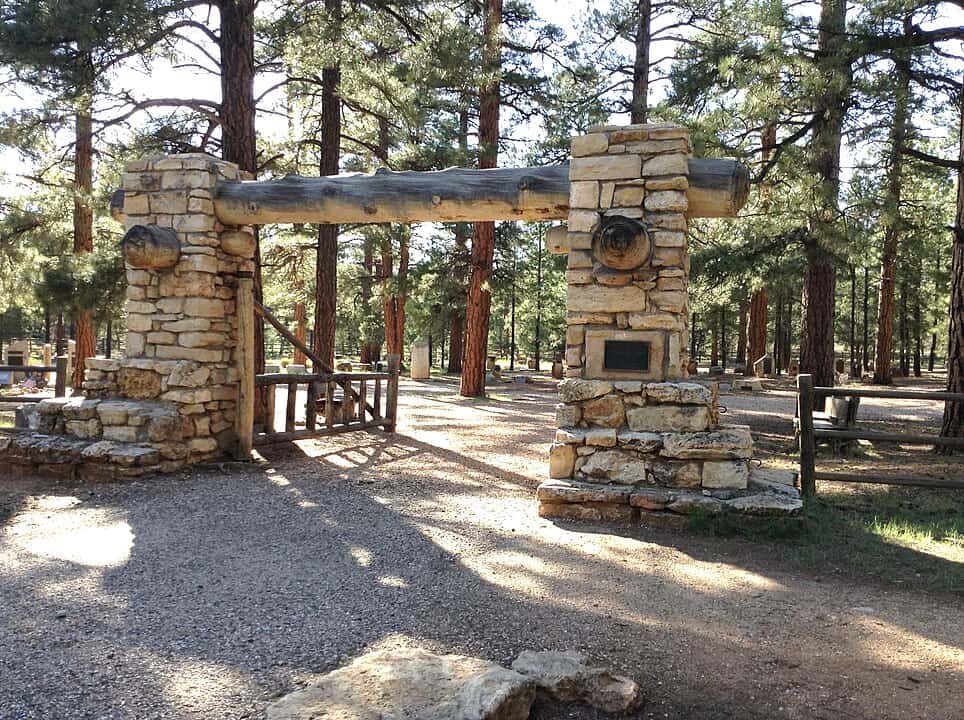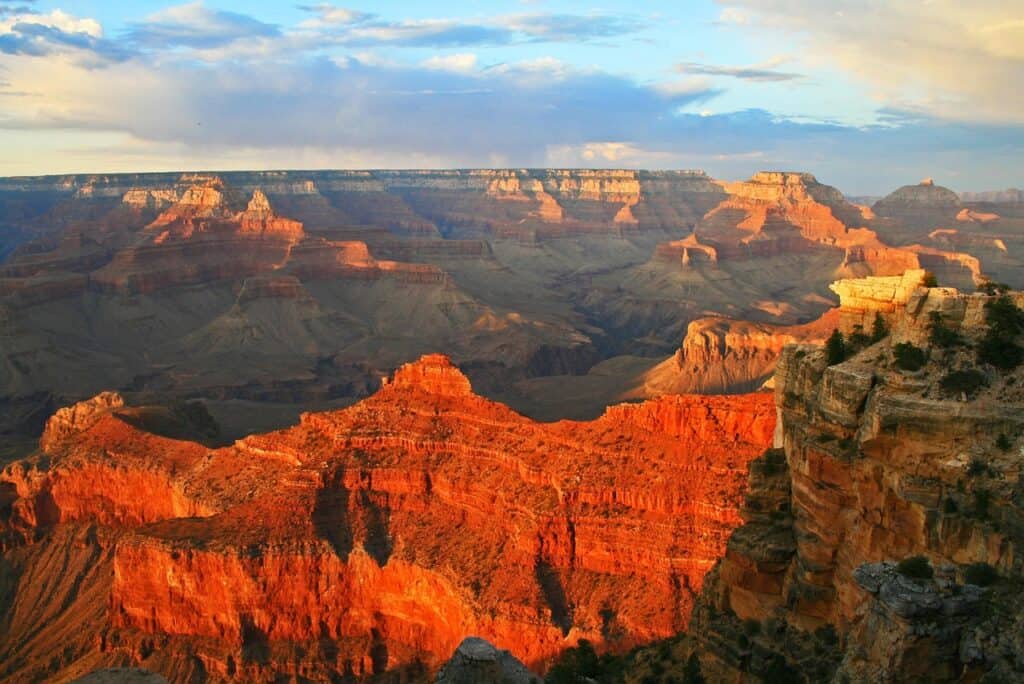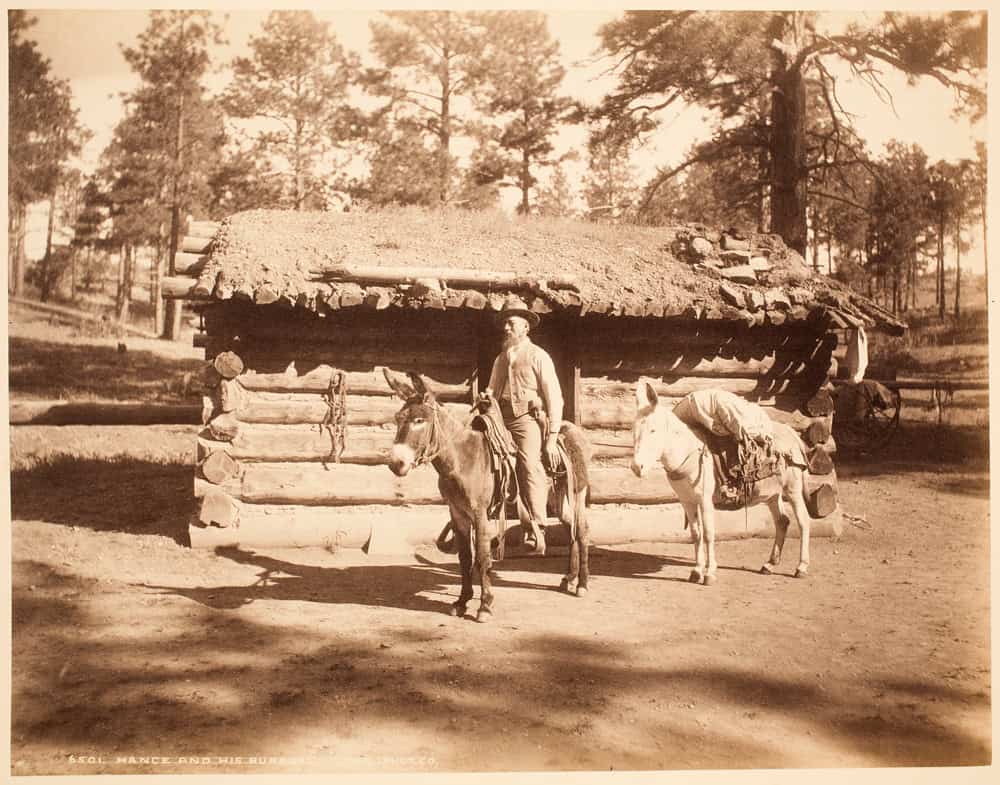We may earn money or products from the companies mentioned in this post. This means if you click on the link and purchase the item, I will receive a small commission at no extra cost to you ... you're just helping re-supply our family's travel fund.

Hidden among the tall ponderosa pines near Grand Canyon Village is a quiet piece of the park’s history: the Grand Canyon Pioneer Cemetery. Sometimes called the South Rim or American Legion Cemetery, this small resting place holds the stories of the people who carved trails, built lodges, and dedicated their lives to protecting one of the world’s greatest natural landmarks.
It is more than a burial ground. Every headstone tells a story about courage, vision, and connection to the canyon. For visitors who pause to walk its paths, the site offers a peaceful reminder that behind every breathtaking view are the lives of those who made them accessible to millions.
Overview

The Grand Canyon Pioneer Cemetery was established in 1919 with the burial of John Hance, a legendary canyon guide known for his tall tales and deep love for the land. Since then, roughly 400 people have been laid to rest here. The cemetery sits 6,860 feet above sea level, shaded by evergreens and maintained by the National Park Service.
Far removed from the crowded viewpoints, the site provides a calm and reflective atmosphere. It invites visitors to slow down and consider how human effort and dedication shaped the Grand Canyon into the national treasure it is today.
Highlights
Walking among the graves reveals names tied to the park’s foundation: builders, rangers, engineers, and artists who devoted their lives to the canyon. Some stones belong to families who settled here in the early 1900s, while others mark the resting places of scientists and preservationists who expanded the park’s reach and understanding.
Interpretive panels near the gate offer short biographies and explain eligibility rules. Burial is now limited to those with long-term service or historical ties to the park. The cemetery also features a cenotaph honoring the victims of the 1956 midair plane collision above the canyon, a tragedy that led to major changes in aviation safety.
What stands out most is the stillness. Only the wind through the pines breaks the silence, creating an atmosphere of respect and remembrance far from the rush of tour buses and camera clicks.
History

The story of the cemetery begins with John Hance, one of the first guides to lead visitors through the Grand Canyon. Known for his humor and storytelling, Hance became a symbol of the canyon’s frontier spirit. When he died in 1919, his burial marked the start of a tradition that honored those who shaped the park’s early years.
Over the decades, the cemetery expanded to include a range of people: architects who designed park structures, rangers who patrolled the rim, and workers who built the trails and lodges. Each grave represents a part of the Grand Canyon’s transformation from isolated wilderness to a world heritage site.
Features
The cemetery holds about 400 graves and memorials. Most are simple and understated, reflecting the humility of those who served the park. A few family plots remain, marking generations who lived and worked on the South Rim.
Among the most notable landmarks is the cenotaph dedicated to the 1956 midair collision between two passenger planes, which claimed 128 lives. The event, visible from the rim, prompted a complete overhaul of U.S. air traffic control systems. The memorial stands as both tribute and lesson in safety and progress.
Getting There
From the South Entrance Station, drive five miles along South Entrance Road toward Grand Canyon Village, then turn right onto Center Road. The cemetery is located just west of the Shrine of the Ages near Parking Lot A.
Visitors can also reach it using the Village (Blue) Route shuttle and disembark at the Shrine of the Ages stop. The cemetery gate is about a one-minute walk west. Cyclists and walkers can follow paved paths from the Rim Trail or Bright Angel Trailhead, less than half a mile away.
Visiting Tips
Entry to the cemetery is included with your park admission. Because it remains an active burial site, visitors are asked to show respect and keep voices low. Photography is welcome, but drones and large group tours are not allowed.
The best times to visit are early morning or late afternoon when the light filters softly through the trees. During winter, the site often appears dusted with snow, adding to its quiet beauty. Benches near the entrance offer shaded spots to sit and reflect.
Why It Matters
The Grand Canyon Pioneer Cemetery connects the natural grandeur of the canyon with the human stories behind it. Every path, lodge, and trail was shaped by people whose efforts are remembered here. Visiting this site brings that history close enough to touch.
It is not a long stop, but it leaves a lasting impression. Standing beneath the trees, surrounded by the legacy of guides, builders, and dreamers, you begin to see the Grand Canyon not just as a landscape, but as a living story of dedication and community.